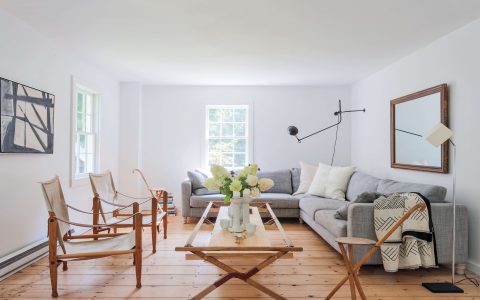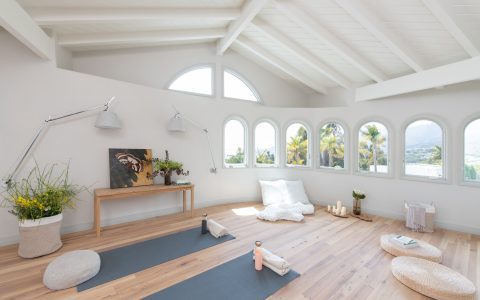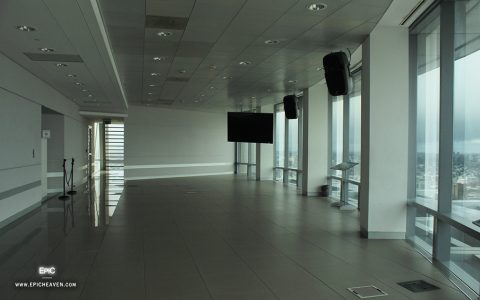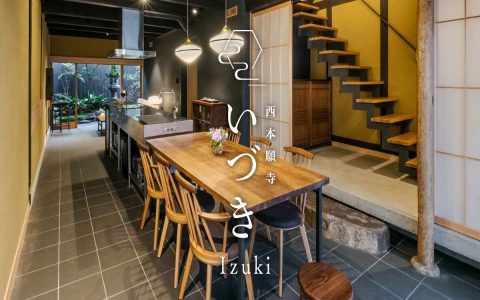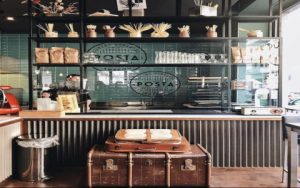Mexico City's interior design is a dynamic and captivating blend of rich history, vibrant culture, and contemporary innovation. It reflects a deep appreciation for craftsmanship, bold aesthetics, and a seamless connection with the natural environment. This unique fusion results in spaces that are both visually stimulating and deeply rooted in tradition.
Core Elements of Mexico City Interior Design
Several defining characteristics shape the distinctive look and feel of interiors in Mexico City. These often intertwine to create spaces that are layered, textured, and full of personality.
- Vibrant Color Palettes: Fearless use of strong, saturated colors alongside earthy tones.
- Natural Materials: Emphasis on wood, stone, clay, and textiles.
- Artisanal Craftsmanship (Artesanía): Integration of handmade objects and traditional techniques.
- Historical Influences: Elements drawn from Pre-Hispanic, Colonial, and Mid-Century Modern periods.
- Indoor-Outdoor Living: Designs that prioritize patios, courtyards, and abundant greenery.
- Textural Richness: A sophisticated play of textures, from rough-hewn stone to smooth plaster and intricate textiles.
Color: A Language of Expression
Color is fundamental to Mexican interior design. Deep blues, vibrant pinks, sun-baked terracotta, bright yellows, and rich greens are commonly used. These are often juxtaposed with stark white or neutral backgrounds to create dramatic impact. Color is not merely decorative; it evokes emotion and reflects the country's exuberant spirit and diverse landscapes. Architect Luis Barragán’s iconic use of color planes significantly influences contemporary approaches.

Materiality: Grounded in Nature and Tradition
The choice of materials is crucial, often favoring those that are locally sourced and possess inherent character.
- Wood: Often dark, rustic, or hand-carved, used for furniture, beams, and flooring.
- Stone: Cantera (a volcanic rock), marble, and recinto (volcanic stone) are prevalent for floors, walls, and accents.
- Clay and Ceramics: Terracotta tiles (barro) for flooring, Talavera pottery for decorative tiles and objects.
- Textiles: Handwoven fabrics, wool, cotton, and leather contribute warmth and texture.
- Wrought Iron: Used for railings, window grilles, and furniture details, often reflecting colonial heritage.
The Artisan's Imprint: Celebrating Handmade
Artesanía plays a central role, infusing spaces with soul and authenticity. This includes:
- Hand-painted Talavera tiles.
- Intricately embroidered textiles from regions like Oaxaca or Chiapas (e.g., Otomi).
- Hand-blown glass.
- Carved wooden furniture and sculptures.
- Pottery in diverse regional styles.
- Metalwork, such as tin mirrors and lighting fixtures.
These handcrafted elements provide a direct link to cultural heritage and support local artisan communities.
Echoes of History: Architectural Influences
Mexico City's interiors often reflect its layered architectural history:
- Pre-Hispanic Motifs: Geometric patterns, stepped designs, and earthy palettes reminiscent of ancient civilizations.
- Colonial Grandeur: Arches, high ceilings, courtyards (patios), heavy wooden doors, and intricate ironwork.
- Mid-Century Modernism: Clean lines, integration of natural light, functionalism, and bold use of color and materials, heavily influenced by iconic Mexican architects.
Seamless Indoor-Outdoor Living
A hallmark of design in Mexico City is the emphasis on connecting interior spaces with the outdoors. Patios, courtyards, roof terraces, and balconies are often integral to the design, furnished as extensions of the living space. Abundant plant life, including native species, is used to create lush, private oases, enhancing air quality and well-being.
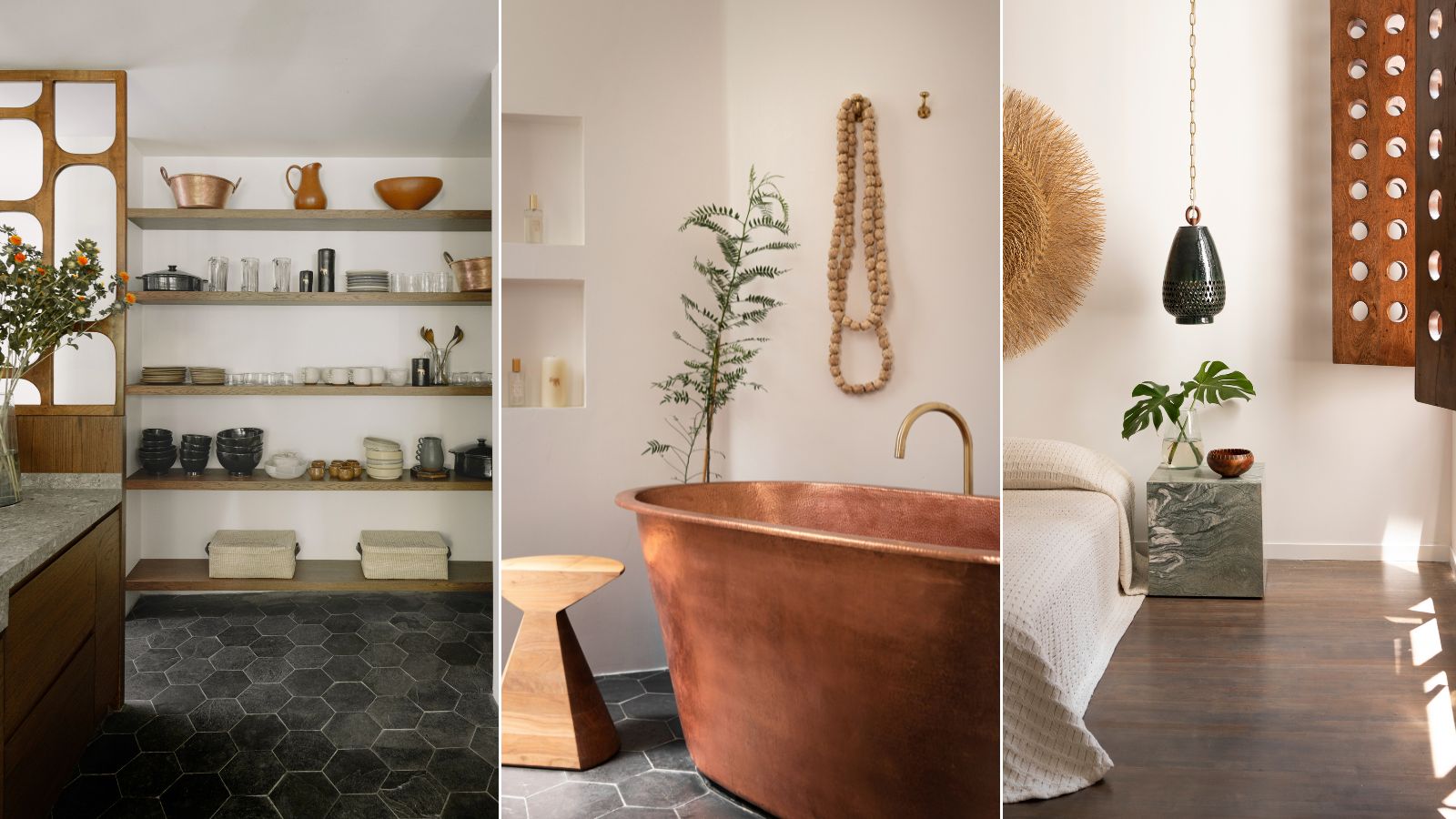
Contemporary Fusion
Modern Mexico City interior design is not static. Contemporary designers adeptly blend traditional elements with minimalist aesthetics, industrial touches, or global influences. This results in sophisticated spaces that are respectful of the past while being firmly rooted in the present. There's a growing focus on sustainable materials and practices, further evolving the local design language.

